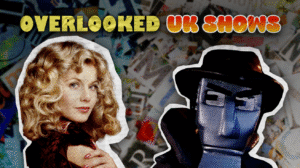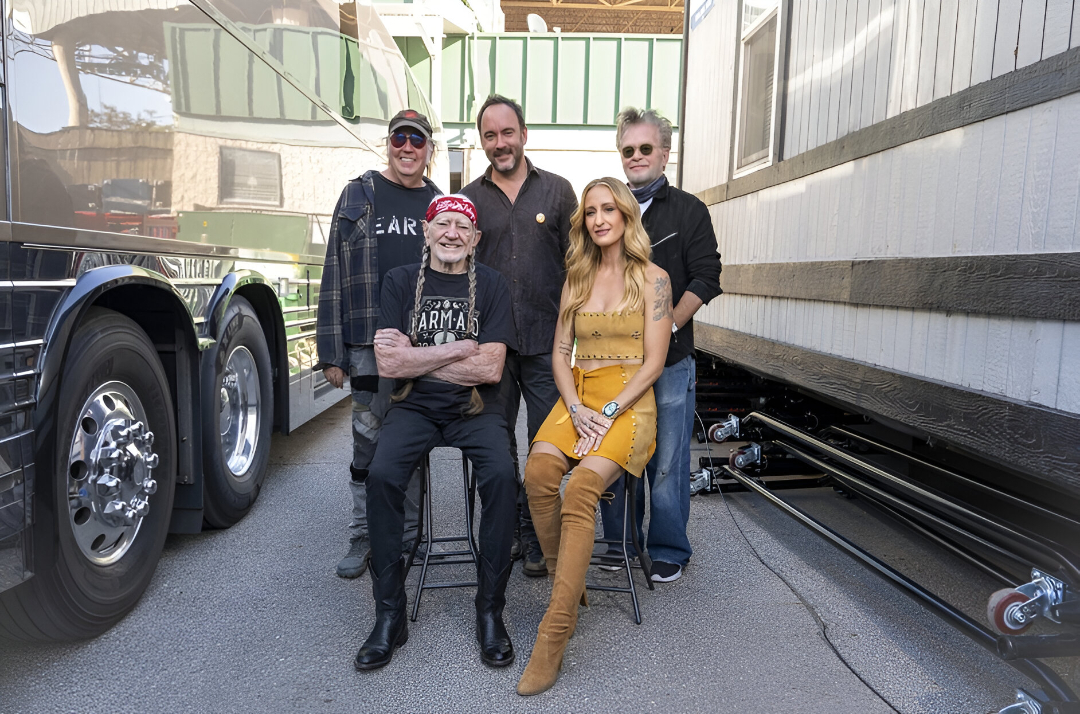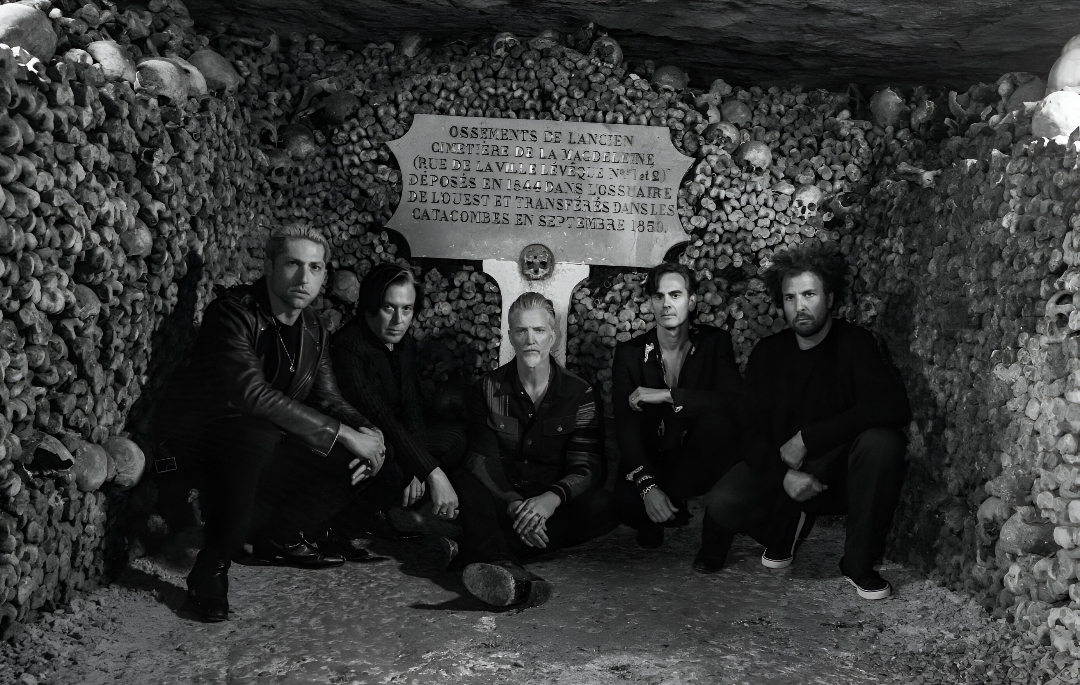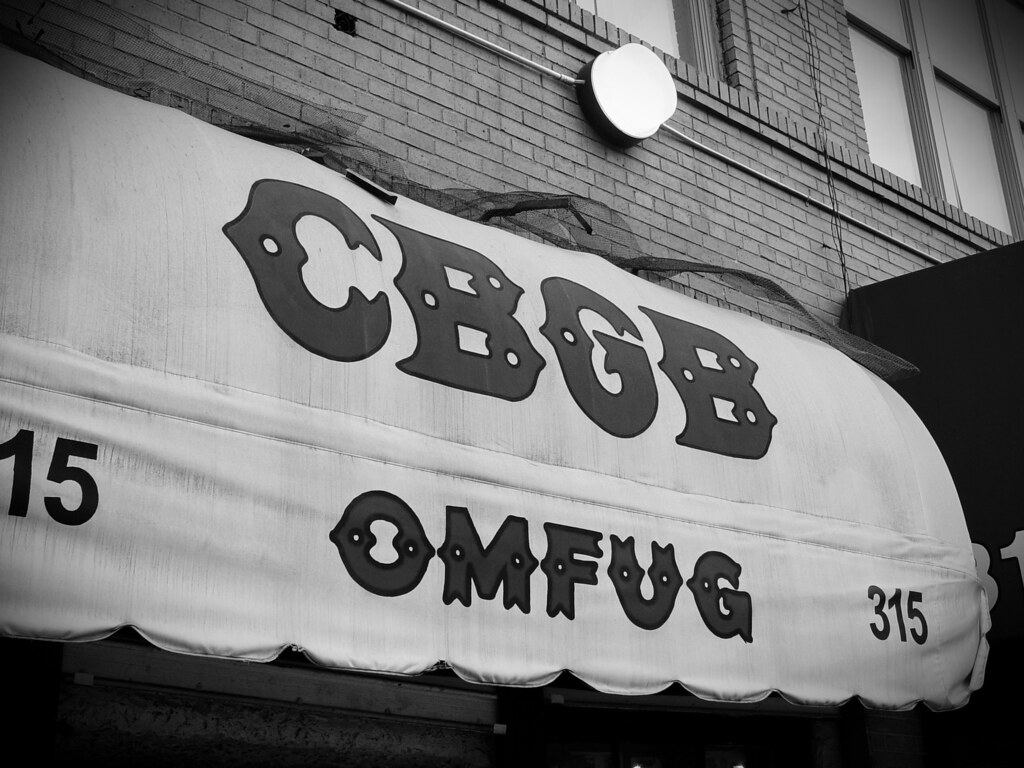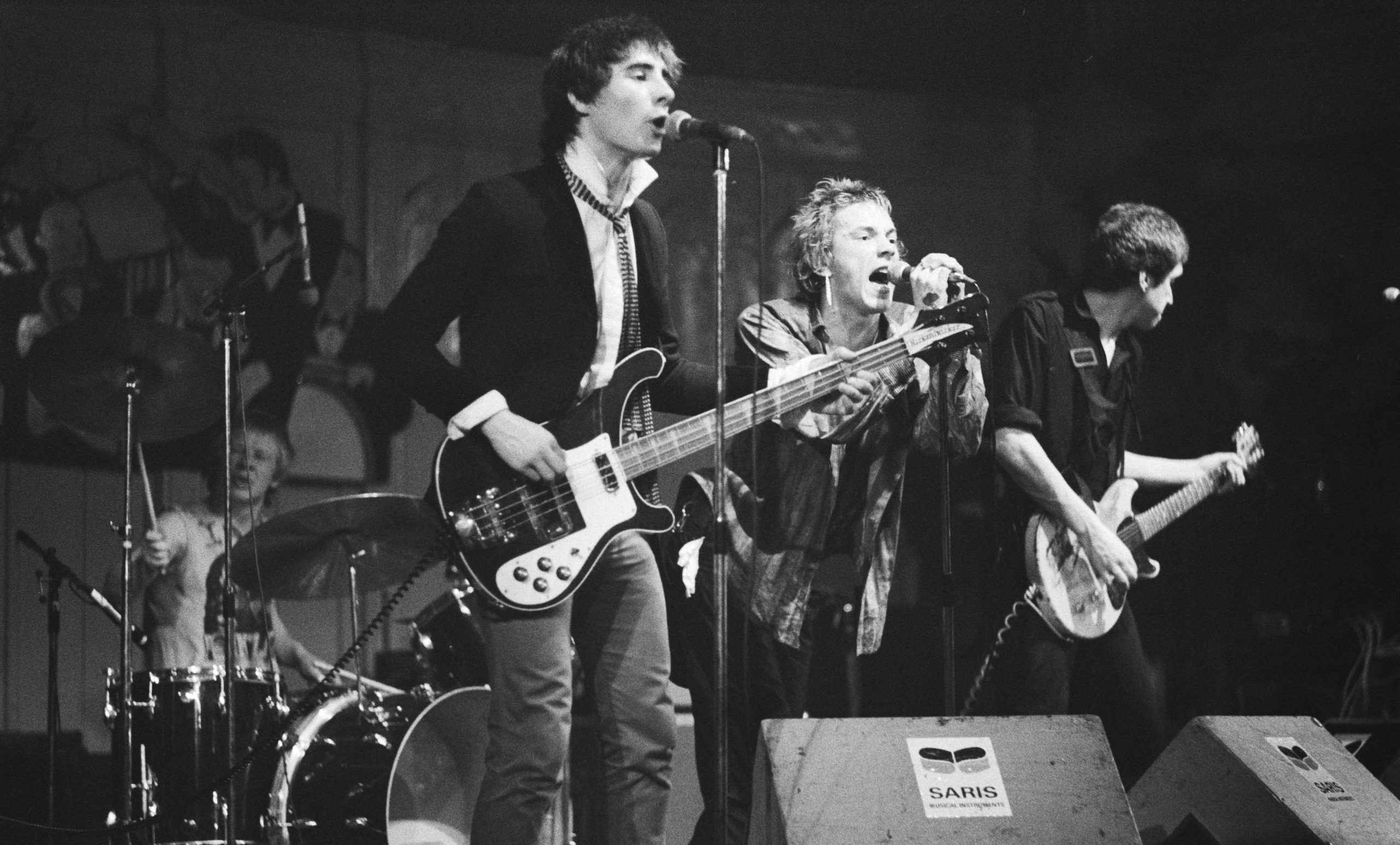
While Doctor Who’s TARDIS still zooms through primetime consciousness, dozens of equally innovative British shows from the 1960s have slipped into the memory hole of cultural amnesia. These forgotten treasures tell a deeper story about a nation undergoing seismic social transformation—experimental television that broadcasters seemingly prefer to keep buried in their archives.
Turn off Netflix for a moment. The real innovation happened when British TV creators worked with shoestring budgets and primitive technology, yet somehow managed to capture the anxieties and aspirations of a rapidly evolving society.
14. Mrs. Thursday
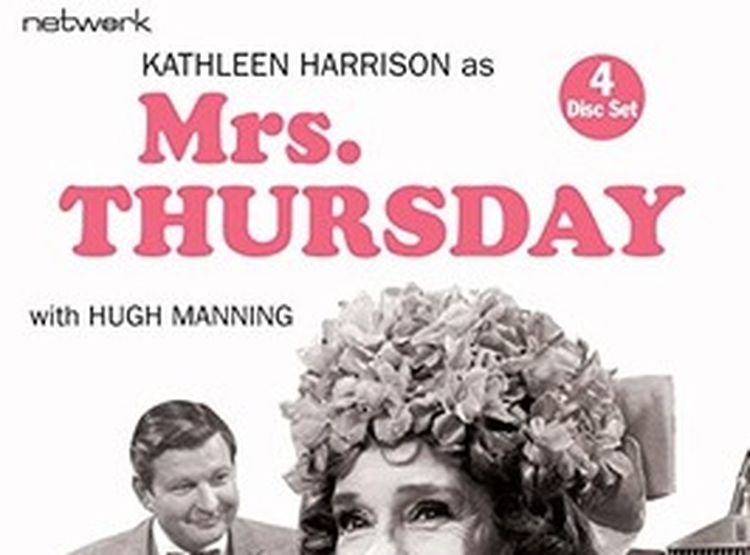
From cleaning floors to managing finances, Mrs. Thursday delivered a rare $13.23 million twist on the classic rags-to-riches story that captivated British audiences in the mid-1960s. Rather than embracing upper-class pretensions, she maintained working-class values and common sense, creating comedy from the clash between genuine character and superficial wealth.
The show reflects a society grappling with class mobility during economic transformation, similar to “Trading Places” but with tea cozies instead of stock certificates. Its popularity briefly surpassed the ratings juggernaut Coronation Street, proving audiences connected with its examination of wealth and authenticity.
13. The Secret Service

The Secret Service’s innovative blend of puppetry and live-action created a visual language which was intentionally baffling, as Stanley Unwin’s famous ‘Unwinese’ gobbledygook that confounded spies within the show. The show followed Father Stanley Unwin, a vicar moonlighting for British Intelligence, whose strategic use of nonsensical language confused enemies during missions involving miniaturization technology.
American network executives couldn’t wrap their heads around Unwin’s gibberish “Unwinese” language, dooming the show to a mere 13-episode run. The series remains the ugly stepchild of Anderson’s more famous productions.
12. The Freewheelers
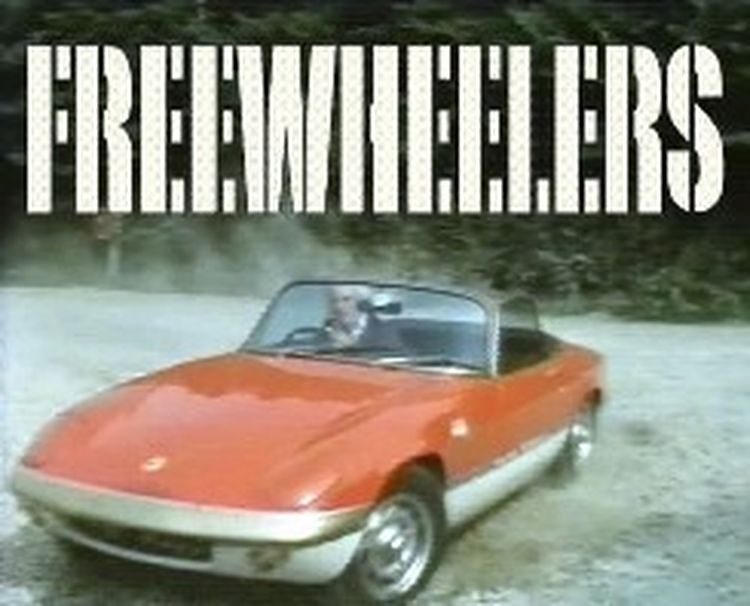
When teenage heroes were still a radical concept in television, The Freewheelers handed espionage responsibilities to adolescent protagonists, creating a 109-episode blueprint for youth-driven action adventures. The cast evolved throughout its run, beginning with Chris, Bill, and Terry before introducing Steve, Mike, and Sue in later seasons. Colonel Vonnel provided recurring villainy, while Colonel Booken assigned missions to the young protagonists.
The show delivered reliable action weekly, though plausibility sometimes took a backseat to excitement, similar to Fast and Furious movies but with more sensible vehicles. Series 6 currently airs on Talking Pictures TV, offering modern viewers a glimpse into this long-running adventure series.
11. Out of This World
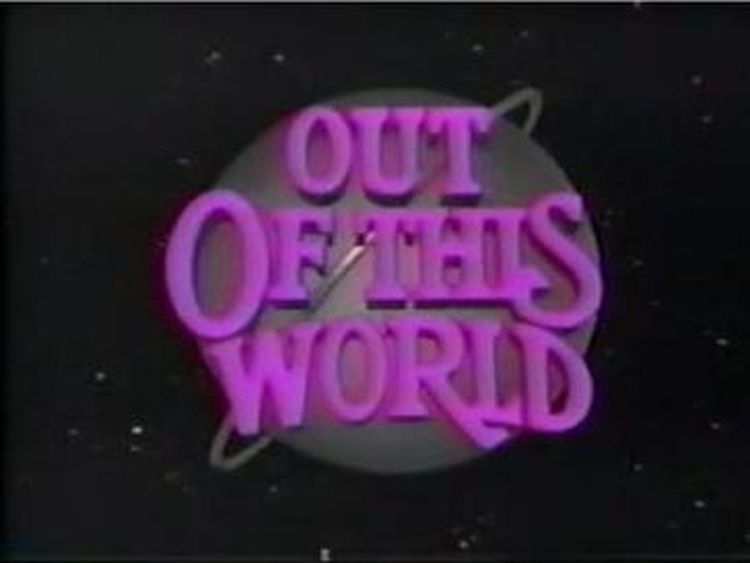
At a time when science fiction struggled for serious recognition, Out of This World enlisted Boris Karloff to transform literary masterpieces into visual storytelling, earning the genre unprecedented credibility. The show emphasized writing quality over special effects, treating the genre with unusual respect at a time when most TV sci-fi aimed squarely at children.
The archival destruction reaches near-criminal proportions with this series—only one episode, “Little Lost Robot,” survives from the original 13.
10. The Baron
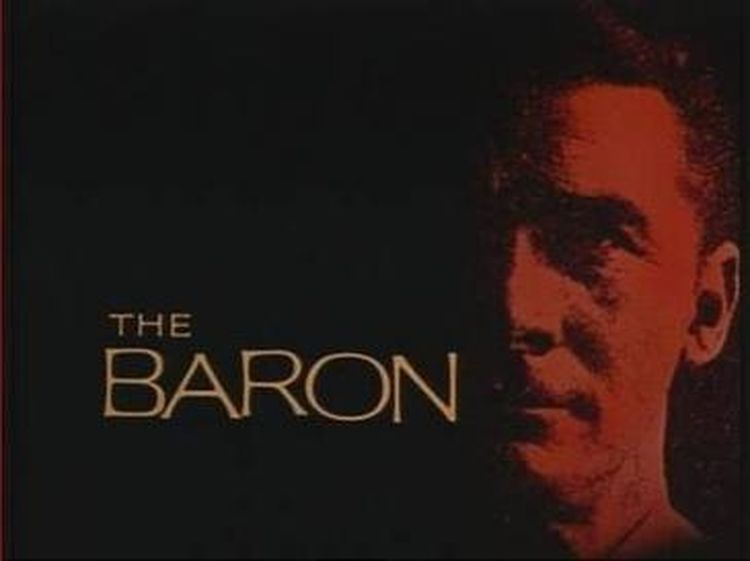
If you’re fascinated by television’s calculated international ambitions, The Baron is a masterclass in global appeal, crafting a distinctly British spy hero in American-friendly packaging. Steve Forest starred as John Mannering, an antique dealer moonlighting for British Intelligence, with high production values unusual for UK television of the era. His silver Jensen CV8 with license plate B1 gave the character a visual signature that rival spy shows envied.
ITC Entertainment built the show with international appeal in mind, crafting adventures that worked in Pittsburgh as well as they did in Portsmouth. DVD releases and YouTube uploads keep the series accessible. Although without proper high-definition remastering, modern viewers miss the vibrant colors that made The Baron stand out from its black-and-white competitors.
9. Richard the Lionheart

Richard the Lionheart’s straightforward heroic portrayal sacrificed historical complexity to deliver swashbuckling medieval adventures that turned 12th-century politics into accessible entertainment across 38 episodes. The series followed the television history playbook by simplifying complex historical figures—Richard heroic, Prince John villainous—and prioritizing swashbuckling action over historical accuracy.
The show applied the Marvel Universe treatment to medieval history centuries before superhero franchises made it standard practice. The approach succeeded in making distant history engaging for audiences who might otherwise have no interest in the Crusades, suggesting that perhaps historical accuracy sometimes matters less than capturing emotional truth.
8. The Arthur Haynes Show
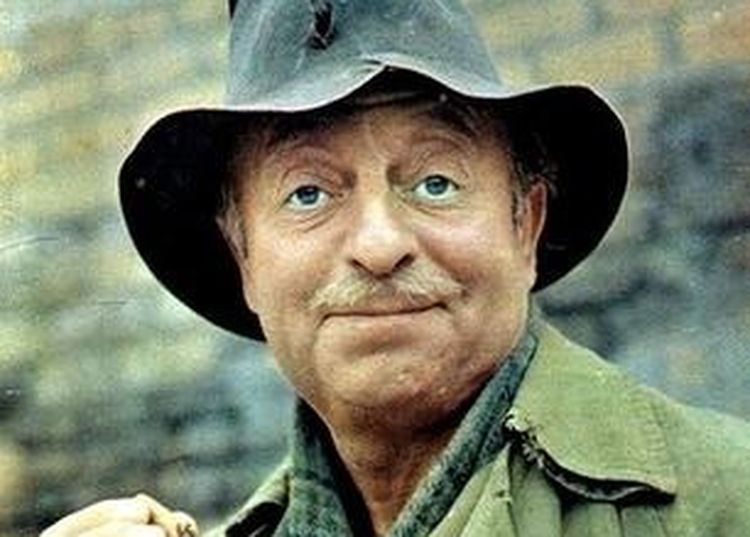
Despite once commanding audiences of millions, The Arthur Haynes Show became one of British television’s greatest vanishing acts after its star’s untimely death at 52 cut short a decade of comedy dominance. His variety show mixed sketches and music from 1956 to 1966, with Nicholas Parsons playing straight man to Haynes’ iconic hobo character that resonated with post-war audiences.
Haynes’ sudden death at 52 cut short his reign as Britain’s comedy king, erasing what should have been a legendary legacy, and making it one of the forgotten fads from the 1960s. His disappearance from the comedy pantheon makes as much sense as forgetting The Beatles while remembering Herman’s Hermits.
7. Adam Adamant Lives!
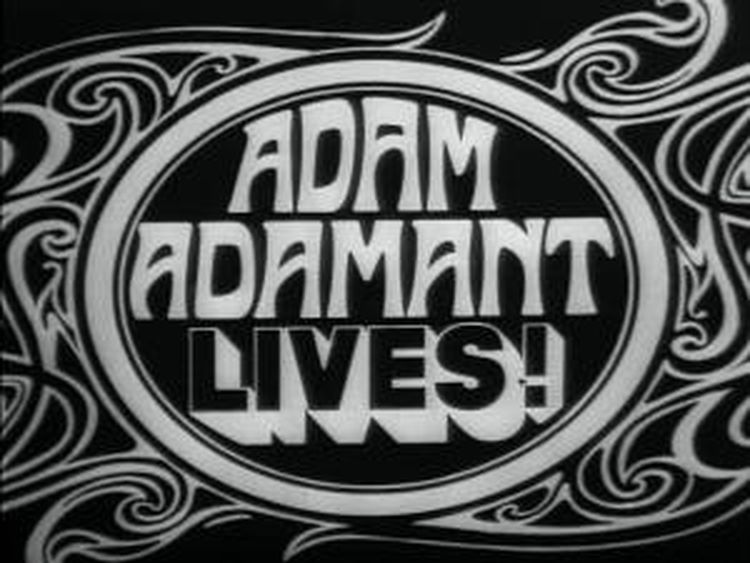
Struggling to comment on rapidly changing social mores? Adam Adamant Lives! Brilliantly solved this challenge by freezing a Victorian gentleman in 1902 and thawing him out in Swinging Sixties London to witness the cultural revolution firsthand. Armed with a sword concealed in his walking stick, Adam navigated mod culture with his companion Georgina Jones and valet William E Sims, solving mysteries from his Thames-side penthouse while driving a Mini Cooper S.
The show ran two series before executives pulled the plug, despite fan protests that would make today’s Twitter campaigns look tame by comparison.
6. Pardon the Expression
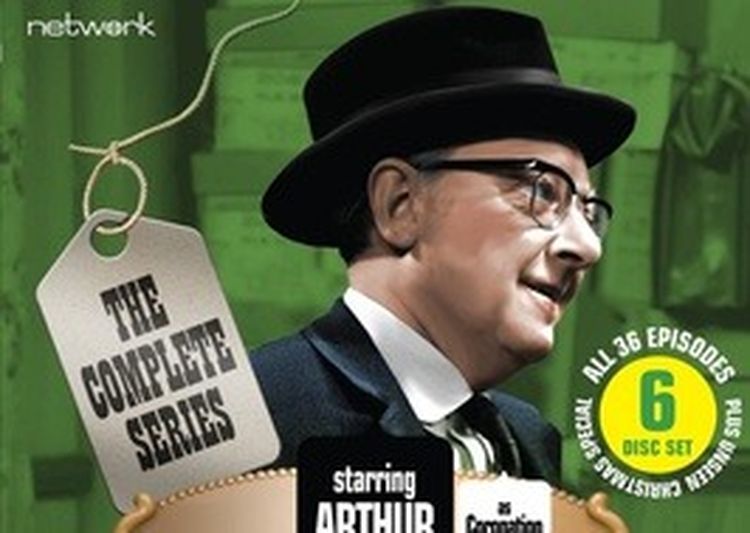
When Arthur Lowe’s Leonard Swindley character outgrew Coronation Street, Pardon the Expression transformed a supporting player into a leading man, pioneering television’s early attempts at universe-building that dominate programming today. Actor Arthur Lowe brought Swindley to department store management with Robert Dorning as his boss and Betty Driver co-starring.
The commercial ecosystem around the show resembled today’s franchise universe building—36 episodes that later spawned another spin-off called Turn Out the Lights, which lasted just 6 episodes.
5. Sir Francis Drake
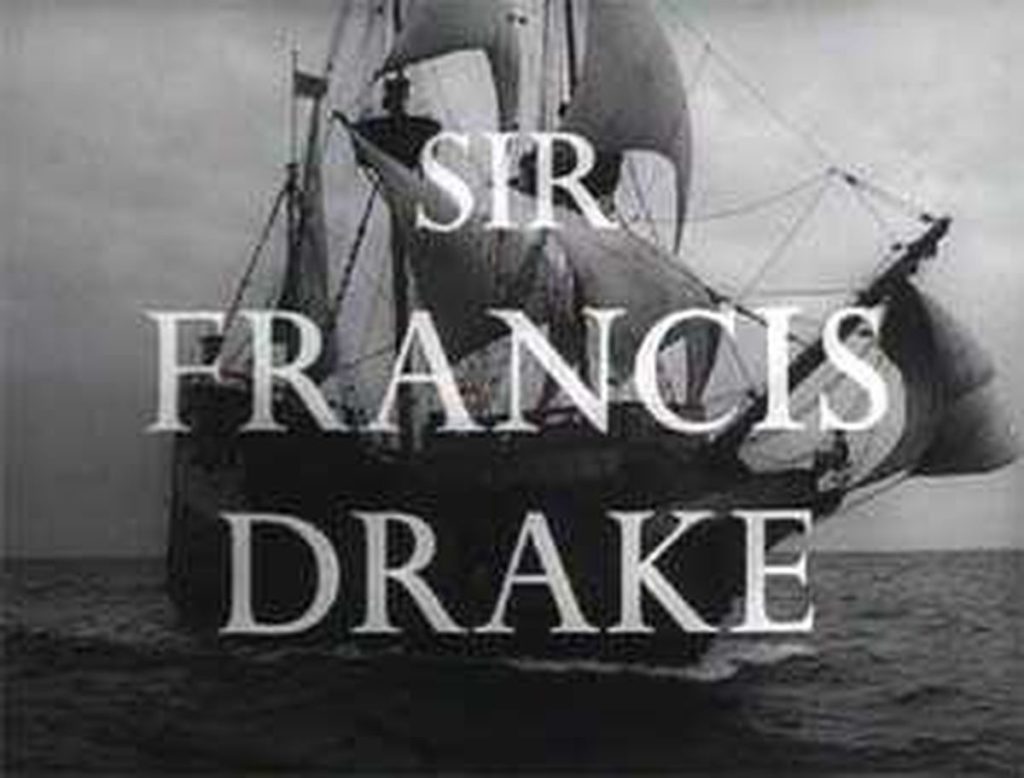
If you’re intrigued by television’s ability to reimagine historical figures, Sir Francis Drake transformed the famous navigator into a Tudor-era action hero, treating Elizabethan history as the blockbuster franchise material of its day. Terrence Morgan played the popular sea captain with Jean Kent as Queen Elizabeth I, and Michael Crawford appeared early in his career. Roger Delgado, who later gained fame as Doctor Who’s first Master, portrayed Spanish antagonist Mendoza.
The show applied Hollywood formulas to British history with surprising effectiveness, similar to Pirates of the Caribbean but with slightly fewer supernatural elements. Modern viewers can access the series through DVD releases, where they’ll find an approach to historical drama that emphasizes narrative excitement over documentary precision.
4. Meet the Wife
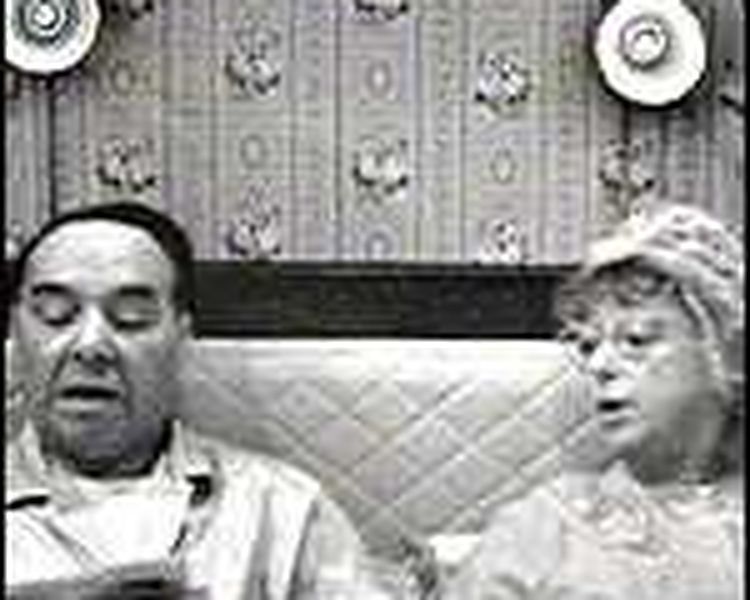
With over half its episodes permanently erased by shortsighted BBC archiving practices, Meet the Wife is a cultural casualty whose Beatles-referenced influence far outweighs its seventeen surviving episodes. Writers Ronald Wolfe and Ronald Chesney created a ratings hit that began in 1964, with Thora Hird and Freddie Frinton bringing warmth to characters that could have easily slipped into caricature.
Television preservation practices of the era resulted in corporate vandalism that would be criminal today—only 17 of the original 39 episodes survive. Broadcasters routinely erased tapes to save money, destroying cultural artifacts with the casual disregard of someone clearing smartphone storage.
3. Space Patrol
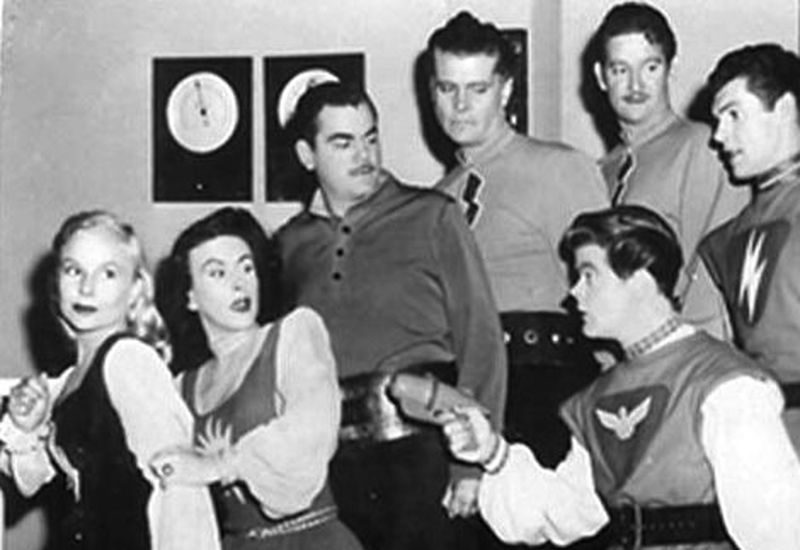
Space Patrol’s distinctive marionette animation and electronic soundtrack created an otherworldly aesthetic that transported viewers to 2100, decades before CGI would make such journeys commonplace. Creator Roberta Leigh crafted 39 episodes set in 2100, following Captain Larry Dart and crew members Slim, Husky, and Professor Haggy as they protected the United Galactic Organization.
The show stands as TV’s forgotten moon landing—technically ambitious with its distinctive marionette style and pioneering electronic soundtrack that sounded similar to someone dropping synthesizers down a staircase.
2. Our House
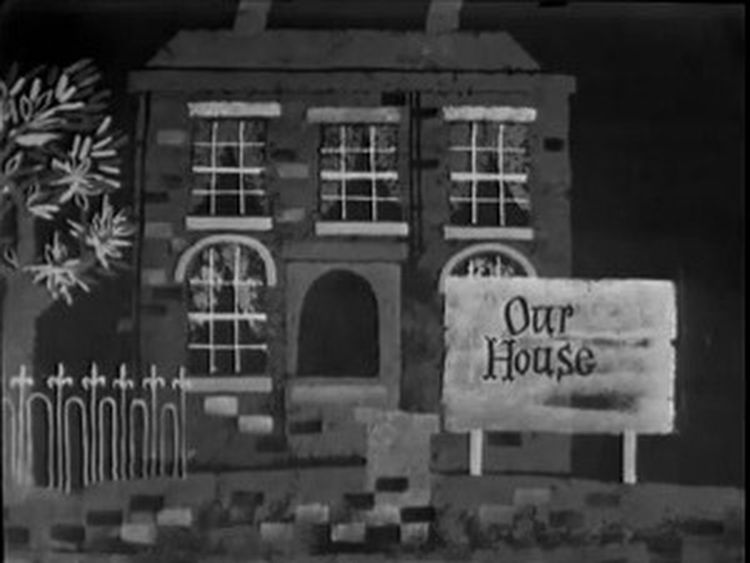
While most comedy ensembles struggle to showcase multiple talents equally, Our House strategically gathered future Carry On film series stars under one roof, creating a shared-living premise that maximized comedic interactions.
Writer Norman Hudis assembled an impressive comedy ensemble—Charles Hawtrey, Joan Sims, and Hattie Jacques, with Bernard Bresslaw joining later—in a shared housing situation that generated fish-out-of-water comedy similar to strangers trapped in an escape room.
The archival negligence reaches peak absurdity with this series—just three episodes survive from the entire run.
1. Bleep and Booster
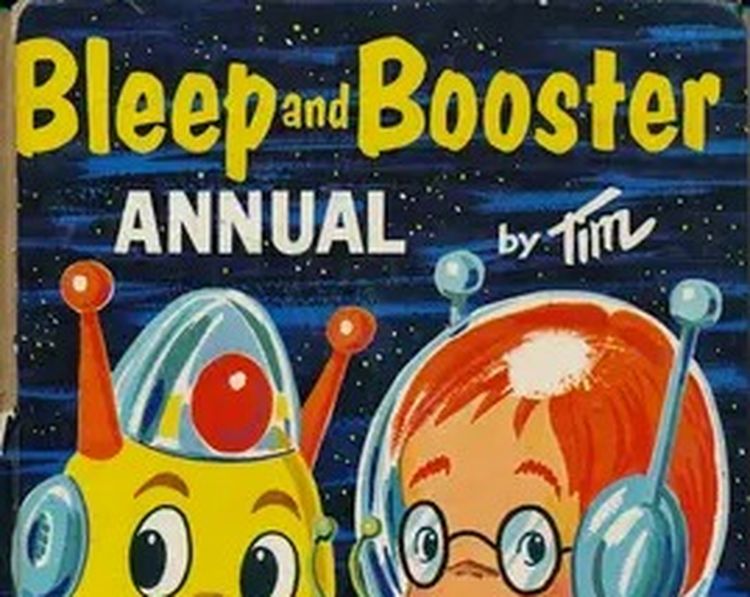
Tucked within Britain’s beloved Blue Peter broadcasts, Bleep and Booster taught a generation of children about space exploration through animated adventures that expanded beyond television into books and merchandise.
The simple premise of a boy named Booster building a rocket and meeting alien Bleep expanded beyond television into print merchandise, including dedicated annuals from 1967-1969 and appearances in Blue Peter publications.
Artist William Tim, better known for sculpting Petra and Guy the Gorilla statues, created the distinctive visual style that captivated young imaginations.





